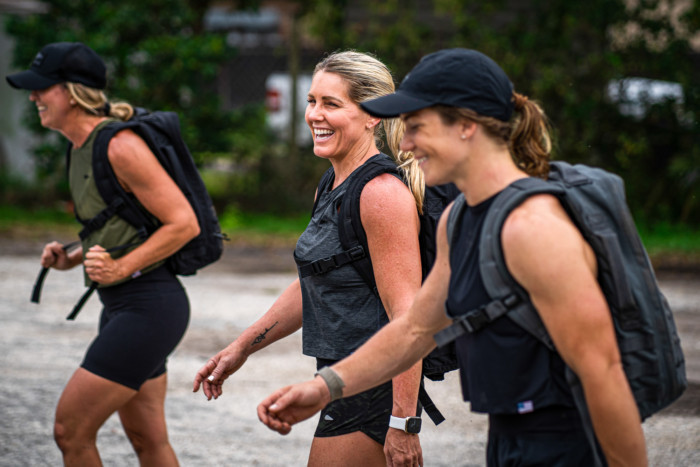
Rucking?! What a weird name, right? The name actually comes from the word rucksack, a durable backpack meant for carrying heavy loads. If you're looking for a low-impact form of exercise that benefits all aspects of fitness, from cardiovascular to strength, rucking could be a great place to start, especially since the equipment it requires could be found around your house!
What is rucking? Rucking is a form of exercising involving walking or hiking a set disance while carrying a weight on your back. You choose the terrain you walk on, the distance, and the weight you carry!
What is the History of Rucking? Rucking (or ruck marching) has evolved out of military training and even dates back to the first iron-clad army in the seventh century B.C.. Today, rucking is still an important part of basic training, often involving rangers being required to carry a 35-pound rucksack over 12 miles at a set pace.
What are the Benefits of Rucking?
- Improving strength, endurance, and general fitness
- Improving muscle power and oxygen intake
- Preventing sarcopenia and other degenerative muscular conditions that lead to injury in sensior populations
- Defending against bone density conditions like osteoporosis
[read more about Using Rucking to Improve Your Fitness and Bone Density]
- Increases the calorie burn of your normal walk
How to get started with rucking - If you're new to exercising, start slowly. Start with a two mile distance, grab your backpack and load it with 10% of your bodyweight. You can use weights, sandbags, rocks, or even bottles of water. Secure the backpack with tight straps and the weight high on your back.



